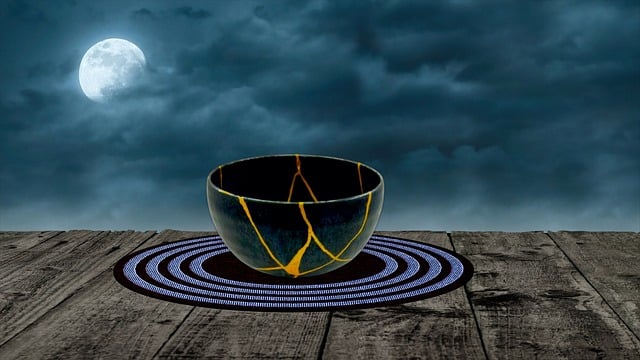Southern Cross University, Gumbaynggirr Rangers and OzFish Unlimited have joined forces to restore a mangrove forest in Boambee Creek for a community driven project making a difference.
Mangroves grow in intertidal zones and are an essential part of the Boambee Creek Estuary. The trees were heavily impacted by a 2021 hailstorm that hit the Coffs Coast but have still not naturally recovered in some areas.
In a codesigned study recently published in Marine and Freshwater Research, the team detected some toxic chemicals in the mangrove roots and documented a range of negative impacts on the aquatic life. This has had serious flow-on effects in the local environment because the mangroves provide important habitat for a wide range of species.
Lead author Professor Kirsten Benkendorff of Southern Cross University initially spotted the forest of dead mangroves as her plane approached Coffs Harbour airport in early 2023.
"Mangroves can accumulate contaminants from the sediment, but after losing their leaves in the hailstorm these mangroves may not have been able to regulate the toxic chemicals any longer," said Professor Benkendorff.
"The best solution is to help restore the natural mangrove forest."
/prod01/channel_8/media/scu-dep/news/images/2025/Restoration-team-at-Boambee-estuary_2025-July-9-low-res.JPG)
Since mid-2023, the Gumbaynggirr Rangers have been monitoring the site for natural recovery of the mangrove seedlings. Yet in some areas where the mangroves have died-off, there are no aerial roots to catch and retain the mangrove seeds.
To overcome this hurdle, OzFish Unlimited will be training the Gumbaynggirr Rangers and OzFish volunteers in the 'John Eddy Restoration method' to prepare and plant mangrove seeds.
"This is a method that has been used successfully in other mangrove restoration projects around Australia," said OzFish project manager Zoe White.
"The seeds will be secured to bamboo stakes and strategically planted in the muddy substrate where the mangroves have not recovered."
The Gumbaynggirr Land and Sea Rangers are part of the Ngiyambandigay Wajaarr Aboriginal Corporation.
"This project is more than just environmental restoration – it's about healing Country and strengthening our cultural connection to land and sea," said Greg Purcell, a Gumbaynggirr Ranger.
"Mangroves are not only vital ecosystems; they are part of our storylines, our knowledge systems, and our responsibility as custodians. By combining traditional knowledge with modern science, we're creating a powerful model for how communities can care for Country in a way that respects both culture and ecology."
This project has been supported by an Environmental Levy Grant from the Coffs Harbour City Council. The Gumbaynggirr Rangers and their cultural work is supported under the Australian Government Department of Climate Change, Energy, the Environment and Water's Sea Country Indigenous Protected Areas Program; and the Indigenous Protected Area (IPA) Program, supported by the National Indigenous Australian Agency and funded by the Natural Heritage Trust.
/prod01/channel_8/media/scu-dep/news/images/2025/Zoe-White-of-OzFish-with-mangrove-seeds-secured-to-bamboo-stakes_2025-July-9-low-res.JPG)






